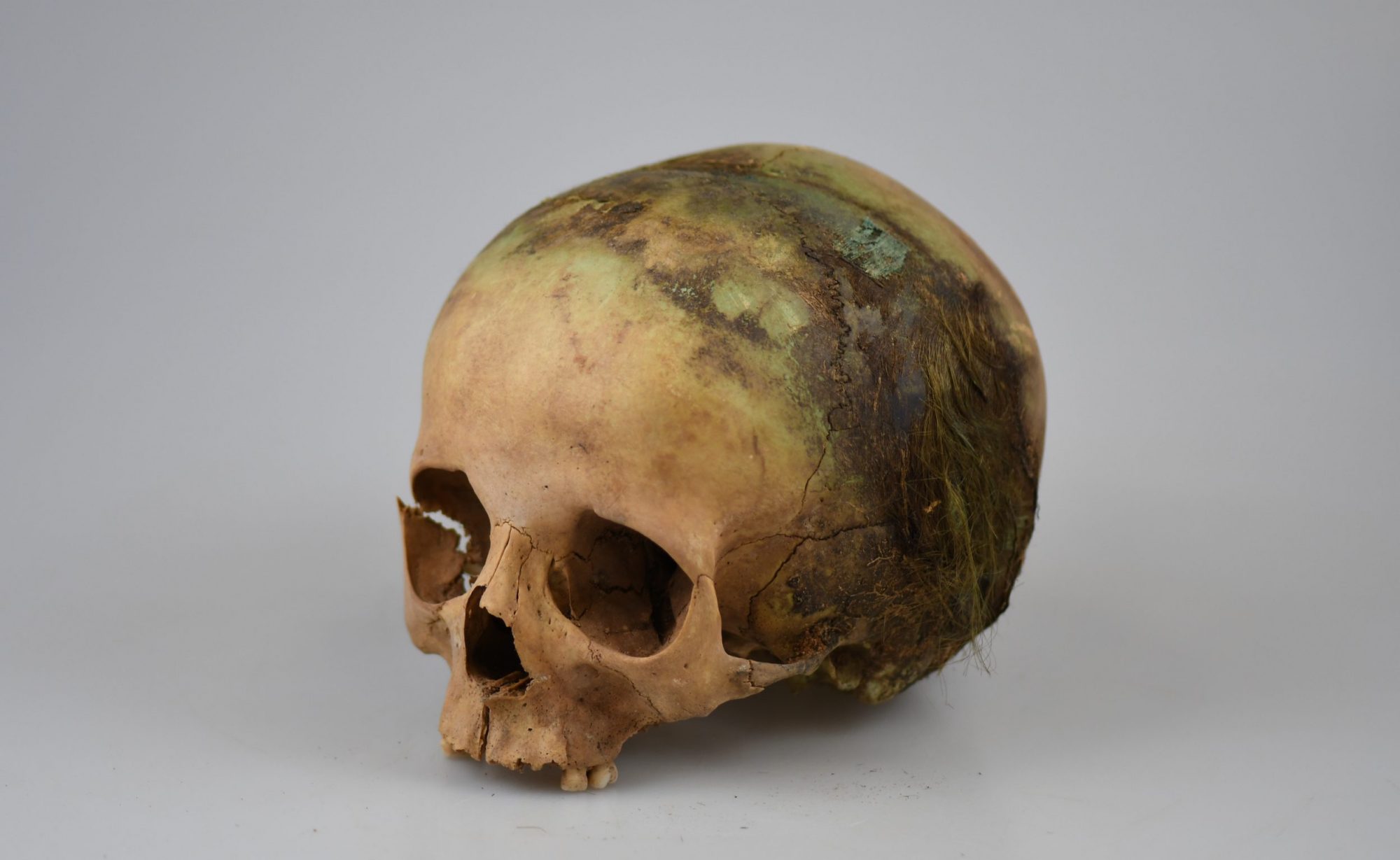Pagrybis burial ground was investigated in 1980-1982 by archaeologist Laima Vaitkunskienė. The 5th-6th c. burials of 217 individuals were uncovered. The majority of grave pits contained one individual, though some had 2 to 4 individuals interred. Parts of horses (mostly head and / or legs) were found in 38 graves. The burial monument is distinguished by the abundance of archaeological findings, like brass, amber or silver jewelry, amulets, work-related tools, clothing particles, weapons, etc.
The collection contains skeletal remains of 115 individuals from 1980-1982 archaeological excavations when 217 burials were uncovered. Skeletons of 102 individuals were analyzed in previous anthropological studies and reburied after the studies. The burials of the Pagrybis are not complete, i.e. exclusively skulls are stored in the collection. Only 20 individuals had a long bone included into the collection. Therefore, the collection should be treated as fragmentary:
|
Preservation |
n |
% |
|
Complete skeleton (>50 %) |
0 |
0 |
|
Partially preserved skeleton (~50 %) |
20 |
17,4 % |
|
Fragmentary skeleton (<50 %) |
95 |
82,6 % |
Of the 115 individuals, 74.8% are adults and 25.2% are non-adults (Fig. 1). Male and probable male accounted for 36.5% of all individuals studied, while female and probable female – 37.4%. The age distribution of non-adults is shown in Fig. 2 and that of adults in Fig. 3.



